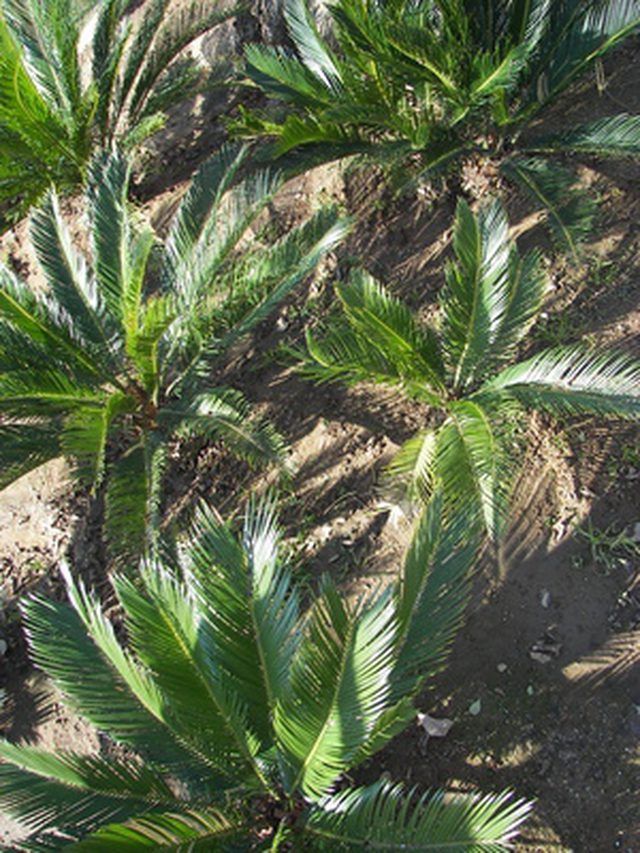Bulbs
Flower Basics
Flower Beds & Specialty Gardens
Flower Garden
Garden Furniture
Garden Gnomes
Garden Seeds
Garden Sheds
Garden Statues
Garden Tools & Supplies
Gardening Basics
Green & Organic
Groundcovers & Vines
Growing Annuals
Growing Basil
Growing Beans
Growing Berries
Growing Blueberries
Growing Cactus
Growing Corn
Growing Cotton
Growing Edibles
Growing Flowers
Growing Garlic
Growing Grapes
Growing Grass
Growing Herbs
Growing Jasmine
Growing Mint
Growing Mushrooms
Orchids
Growing Peanuts
Growing Perennials
Growing Plants
Growing Rosemary
Growing Roses
Growing Strawberries
Growing Sunflowers
Growing Thyme
Growing Tomatoes
Growing Tulips
Growing Vegetables
Herb Basics
Herb Garden
Indoor Growing
Landscaping Basics
Landscaping Patios
Landscaping Plants
Landscaping Shrubs
Landscaping Trees
Landscaping Walks & Pathways
Lawn Basics
Lawn Maintenance
Lawn Mowers
Lawn Ornaments
Lawn Planting
Lawn Tools
Outdoor Growing
Overall Landscape Planning
Pests, Weeds & Problems
Plant Basics
Rock Garden
Rose Garden
Shrubs
Soil
Specialty Gardens
Trees
Vegetable Garden
Yard Maintenance
Sago Palm Life Cycle
Sago Palm Life Cycle. The sago palm's scientific name is cycas revoluta. The "cycas" comes from the actual family of trees that the sago palm comes from: They are cycads, and not palms, as the name would suggest. But because there is only one real difference between these two types of plants, and because that difference isn't noticeable once the...

The sago palm's scientific name is cycas revoluta. The "cycas" comes from the actual family of trees that the sago palm comes from: They are cycads, and not palms, as the name would suggest. But because there is only one real difference between these two types of plants, and because that difference isn't noticeable once the plant is fully grown, the name "palm" has stuck with little confusion. Gardeners interested in growing these striking plants might want to know more about their life cycle and how they grow, so as to make caring for them even easier.
Seeds
Sago palms have both male and female varieties. Seeds are formed when a female plant produces a flower and is pollinated by the cone of a male. In the wild, winds and bugs transfer the pollen from the male to the female. In cultivation, however, gardeners usually pluck the cone from the male plant and shake it over the flower of the female to pollinate. After this pollination takes place, the female plant will begin to grow the seeds, which will become quite large. The seeds will then fall from the parent plant and begin growing, if the proper conditions are met. Alternately, gardeners can remove the seeds before they fall, and thus plant them wherever they desire.
Soil
In nature, sago palm seeds can usually find appropriate soil when dropped from their parent plant, since the parent plant is obviously able to grow there. In gardens, however, a little more care is usually needed to provide the correct growing conditions. Soil should drain well, and gardeners typically add perlite to regular potting soil achieve this effect.
Sprouting
The factor that separates the sago palm from actual palms is the number of leaves on the sprout. True palms will only have one leaf, while sagos, along with other cycads, have two. It takes about three months for sago palms to begin sprouting. When they do, their root system will grow at the same time as their leaves. Seeds require warmth and ample, but not exorbitant, amounts of water to thrive.
Growth
Sago palms can live for thousands of years, which means that they grow at a very slow rate. They can grow up to about an inch or so per year, though this is the high range of their documented growth. Typically they will grow slightly less than this. For most plants, the maximum height they can attain is about 6 feet, though there are some varieties that get much taller.
Reproductive Growth
Because sago palms are either male or female, they will have distinct reproductive organs. The females will produce a yellow flower in the center of the leaves, and the male will produce a large cone in the same location. This will not happen every year but rather every few years. Sago palms usually don't even begin to produce flowers or cones until they're at least 15 years old.